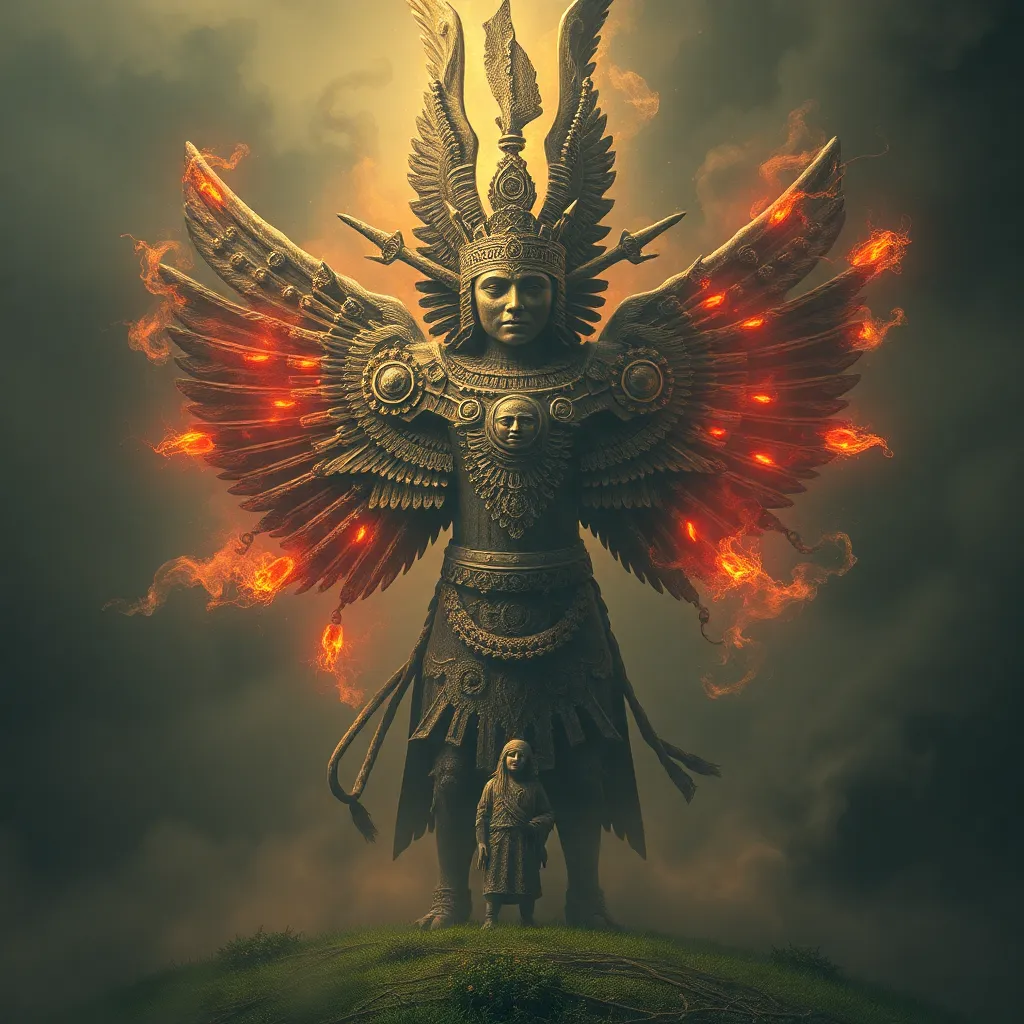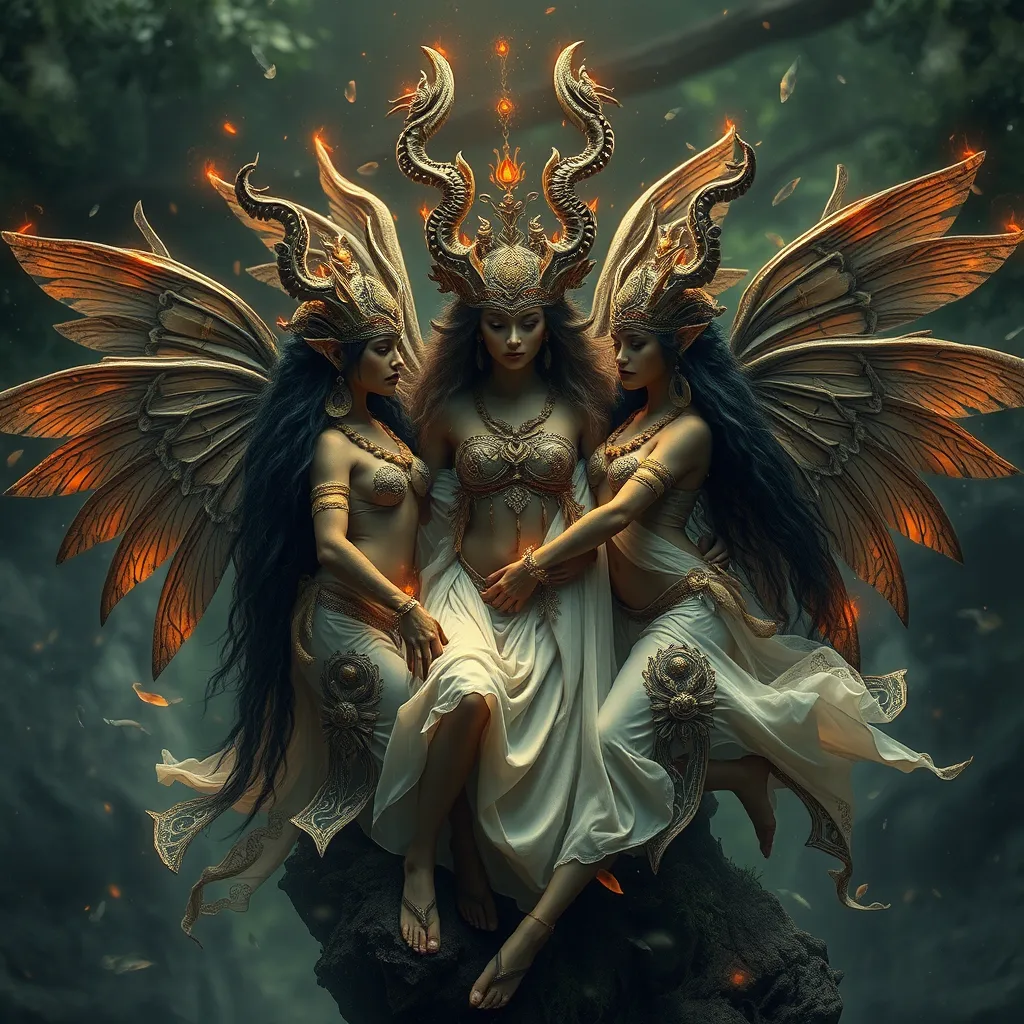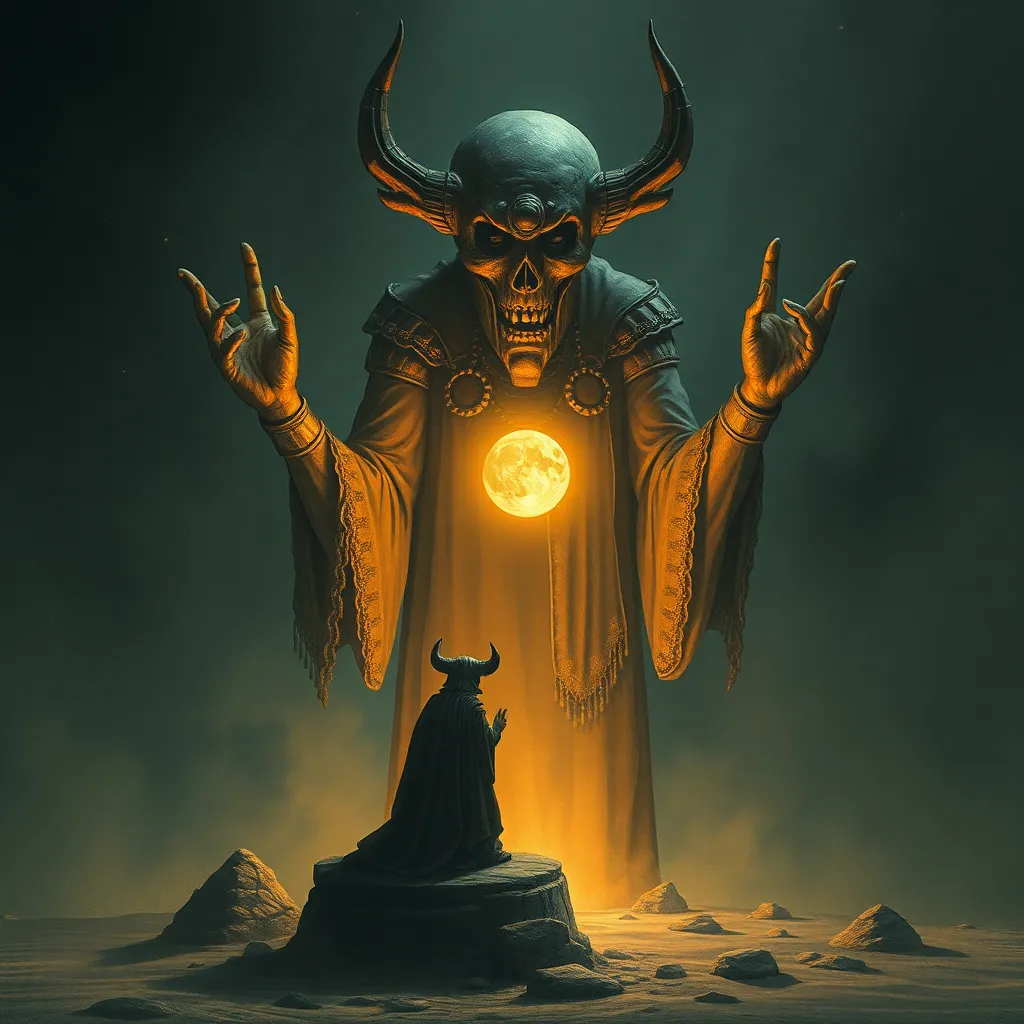The Ahuizotl: A Study of the Human Relationship with the Supernatural
I. Introduction to the Ahuizotl
The Ahuizotl is a fascinating creature rooted in Mesoamerican mythology, particularly within Aztec culture. Often depicted as a dog-like creature with a hand on its tail, this mythical being serves as a significant figure in various folktales and legends that explore the interplay between humanity and the supernatural.
In Aztec folklore, the Ahuizotl is not merely a fantastical beast but a symbol of danger lurking in the waters, representing the unknown and the fears associated with it. The purpose of this article is to delve into the complexities of human interactions with the supernatural through the lens of the Ahuizotl.
II. Historical Context of the Ahuizotl
The origins of the Ahuizotl can be traced back to ancient Aztec texts, where it is mentioned as a creature that dwells in lakes and rivers, known for its malevolent tendencies. The mythology surrounding the Ahuizotl has evolved over centuries, adapting to cultural shifts and changes in societal beliefs.
When comparing the Ahuizotl with other mythical creatures in Mesoamerican cultures, we see parallels with beings like the Nahual or the Tlazolteotl, which also embody human fears and the supernatural. Each creature reflects the unique cultural narratives and the relationship humans have with nature and the unknown.
III. Physical Description and Characteristics
Traditionally, the Ahuizotl is described as having a dog-like body, with a long tail that ends in a human-like hand. This peculiar feature is symbolic; it represents the blend of familiar and alien, evoking both curiosity and fear in those who hear its tales.
- Dog-like Appearance: Suggests loyalty and companionship but also predatory instincts.
- Hand on the Tail: Symbolizes a deceptive nature, luring victims into its grasp.
The characteristics of the Ahuizotl can be interpreted as a reflection of human fears and desires—our longing for companionship juxtaposed with the fear of betrayal and danger from the unknown.
IV. The Ahuizotl in Folklore and Oral Traditions
Numerous stories and legends surround the Ahuizotl, each adding layers to its mythology. One popular tale describes a fisherman who, while trying to catch fish, is dragged into the depths of a lake by the Ahuizotl, illustrating the creature’s cunning and the perils of underestimating the supernatural.
The role of storytelling in preserving beliefs about the Ahuizotl is crucial. Oral traditions passed down through generations serve to keep the myth alive, allowing communities to share lessons of caution and respect for nature.
Variations of the Ahuizotl myth can be found across different regions, each with unique elements that reflect local cultures and landscapes. These adaptations highlight the creature’s significance in regional folklore.
V. The Ahuizotl as a Symbol of Human Emotions
The Ahuizotl embodies a range of human emotions, particularly those associated with fear and the unknown. It serves as a symbol of the dangers that lurk beyond our understanding, such as loss and the mysteries surrounding death and the afterlife.
- Fear: The Ahuizotl represents humanity’s fear of what lies beneath the surface of our world.
- Danger: It warns of the risks inherent in seeking knowledge or venturing into the unknown.
- Loss: The tales of those who encounter the Ahuizotl often end in tragedy, reflecting the sorrow of lost loved ones.
As such, the Ahuizotl serves as a reflection of human nature, encapsulating our deepest fears and desires, while prompting us to confront the darker aspects of existence.
VI. The Supernatural and Its Impact on Human Behavior
The belief in the Ahuizotl has significantly influenced daily life and practices within Mesoamerican cultures. Communities often performed rituals and offerings to appease this supernatural being, demonstrating a deep-seated respect for the unseen forces of nature.
Rituals included:
- Offerings of food and flowers at bodies of water.
- Prayers asking for protection from the Ahuizotl.
- Festivals celebrating the balance between humans and the supernatural.
Fear of the Ahuizotl also fostered community cohesion, as shared beliefs and practices brought people together, reinforcing social bonds and a collective identity.
VII. Modern Interpretations and Cultural Relevance
In contemporary media and art, the Ahuizotl continues to capture the imagination, appearing in various forms such as literature, films, and visual arts. Its enduring legacy showcases the ongoing fascination with the supernatural in modern society.
Modern interpretations often draw parallels between the Ahuizotl and contemporary fears—be it environmental concerns, the unpredictability of nature, or the complexities of human relationships. The myth serves as a reminder of our connection to the past and the universal themes that transcend time.
Lessons from the Ahuizotl myth encourage us to reflect on our current relationships with the supernatural and the natural world, emphasizing the need for respect and understanding.
VIII. Conclusion
In summary, the Ahuizotl holds significant importance in understanding human-supernatural relationships, embodying the fears, desires, and complexities of human nature. Its stories serve as a cultural touchstone, reminding us of the delicate balance between humanity and the forces we cannot control.
As we explore the relevance of myths like the Ahuizotl in contemporary culture, we are encouraged to appreciate the lessons they offer about our relationships with the supernatural and the world around us. The exploration of similar mythical creatures and beliefs can further enrich our understanding of this intricate tapestry woven from human experience and imagination.



